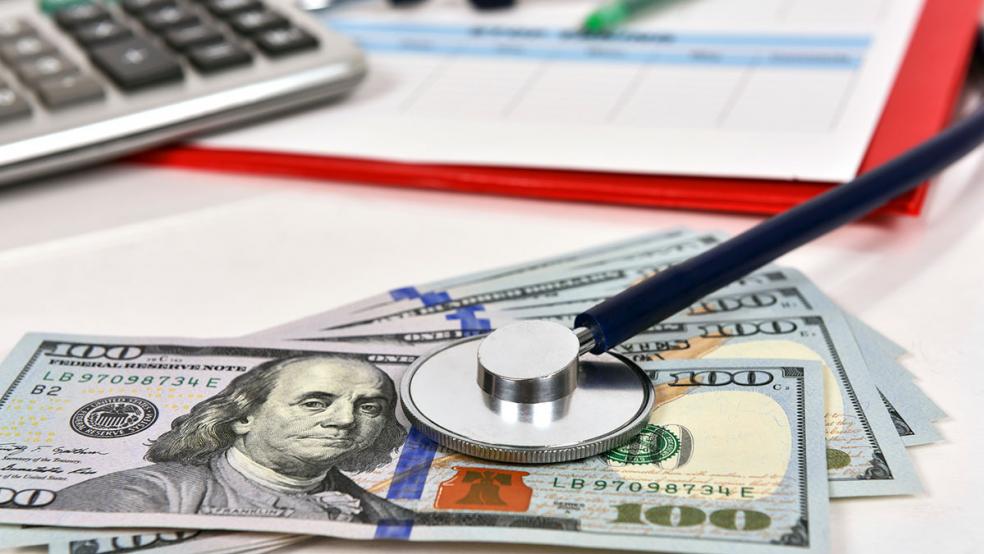U.S. spending on health care grew to $3.65 trillion last year, climbing above $11,000 per person for the first time, according to a new report from Medicare actuaries. Spending rose 4.6% in 2018, faster than the 4.2% increase in 2017, even as the number of Americans without health coverage rose by 1 million for the second year in a row, reaching 30.7 million.
The growth in health care spending came primarily as the result of higher prices rather than because people used more care. “Faster growth in medical prices more than offset slower growth in the use and intensity of health care goods and services,” the report says. Medical price inflation rose 2.1%, up from 1.3% in 2017.
The overall rise in health care spending was driven primarily by faster growth in private insurance and Medicare spending. The non-medical cost of health insurance jumped 13%, up from 4.3% in 2017, largely as the result of the reinstatement of an Obamacare tax on health insurers that was suspended for one year in 2017.
“Except for the slight uptick that was driven primarily by the one-time impact of the reinstated health insurance tax, growth in 2018 was relatively stable,” researchers from the Office of the Actuary at the Centers for Medicare and Medicaid Services (CMS) write in the report.
The overall growth in health spending was, however, slower than the 5.4% nominal growth rate of the economy. As a result, the share of gross domestic product devoted to health care spending edged down to 17.7% from 17.9% in 2017.
Here are some more key details from the analysis:
- Spending keeps climbing: The $11,172 in per capita health spending was up $430 from 2017 — and up more than $2,000 compared to five years earlier. Overall, the U.S. spends nearly $800 billion a year more on health care than it did just five years ago.
- Private health insurance spending spikes: The reinstatement of the Obamacare tax on health insurers contributed to a 15.3% increase in the net cost of private health insurance, following a 9.5% increase the year before. The number of people with private plans dipped, but spending per enrollee was up 6.7% — the fastest increase since 2004 — to about $6,200.
- Households are getting hit: Out-of-pocket costs grew by 2.8%, faster than the 2.2% rise in 2017. And contributions to premiums for employer-provided plans grew by 3.4%, down from 6.8% the year before.
- A drop in drug prices: Retail prescription drug prices fell by 1%, the first decline since 1973, as consumer use of generic drugs increased slightly. But total spending on prescription drugs rose 2.5% to $335 billion.
- Federal health care spending up 5.6%: Overall federal spending on health care grew at twice the 2.8% rate from 2017. Medicare spending rose 6.4%, topping $750 billion. Per enrollee Medicare expenditures grew 3.7%, up from 1.6% in 2017. Spending in private Medicare Advantage plans increased by almost 12%, up from about 10% in 2017. Medicaid spending, at just under $600 billion, was up 3%.





